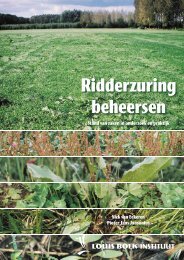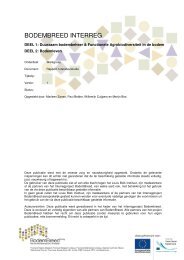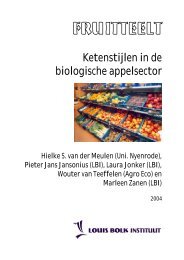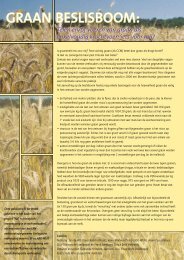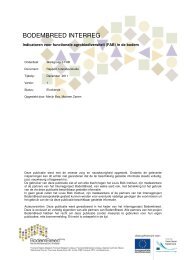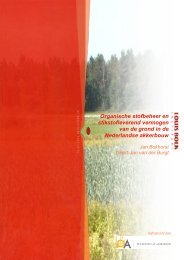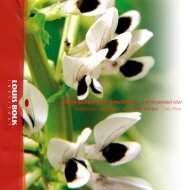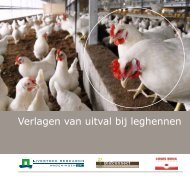Respiratory System Disorders and Therapy From a New - Louis Bolk ...
Respiratory System Disorders and Therapy From a New - Louis Bolk ...
Respiratory System Disorders and Therapy From a New - Louis Bolk ...
Create successful ePaper yourself
Turn your PDF publications into a flip-book with our unique Google optimized e-Paper software.
it were, dynamically poisoned by the nerve-sensory functions that originate in the head<br />
(figure 3.1.). Movement is slowed down <strong>and</strong> can even come to a complete st<strong>and</strong>still. The<br />
asthma process has a decelerated dynamic that is characteristic of all chronic processes.<br />
Recovery of normal function may not be achieved completely in disease-free periods. There<br />
is a strong tendency towards relapse <strong>and</strong> chronicity.<br />
The signs <strong>and</strong> symptoms of asthma point in the direction that we had already observed<br />
in the pathophysiology (table 2.1.): a dysbalance that expresses itself in a tendency to<br />
consolidation, hyperreactivity, <strong>and</strong> diminished dissolution on all levels (section 2.4.3.).<br />
The morphological changes in the airways tend towards morphology that is characteristic<br />
of the skull <strong>and</strong> the functional changes correspond to increased activity of the nervous<br />
system.<br />
The characteristic healthy tendencies in shape <strong>and</strong> function of head, nerve, <strong>and</strong> sense<br />
organs are related to the tendencies we found in the diseased respiratory tract in<br />
asthma.<br />
This can be compared to what will be said in section 3.2.5. about pneumonia.<br />
3.2. Characterization of Pneumonia<br />
We will examine the described signs <strong>and</strong> symptoms of the pneumonia patient in light of<br />
the clinical <strong>and</strong> pathophysiological characterization of sections 2.3.1., 2.3.2., <strong>and</strong> 2.4.4.<br />
3.2.1. Metabolic Changes<br />
Increased Metabolism<br />
The infectious processes of pneumonia increase the metabolism in the lungs.<br />
In the inflammation phase of the healing process, debris — consisting of dead tissue,<br />
bacteria, <strong>and</strong> such — is normally opsonized, removed, <strong>and</strong> digested (Bie et al 2008. Ch.




